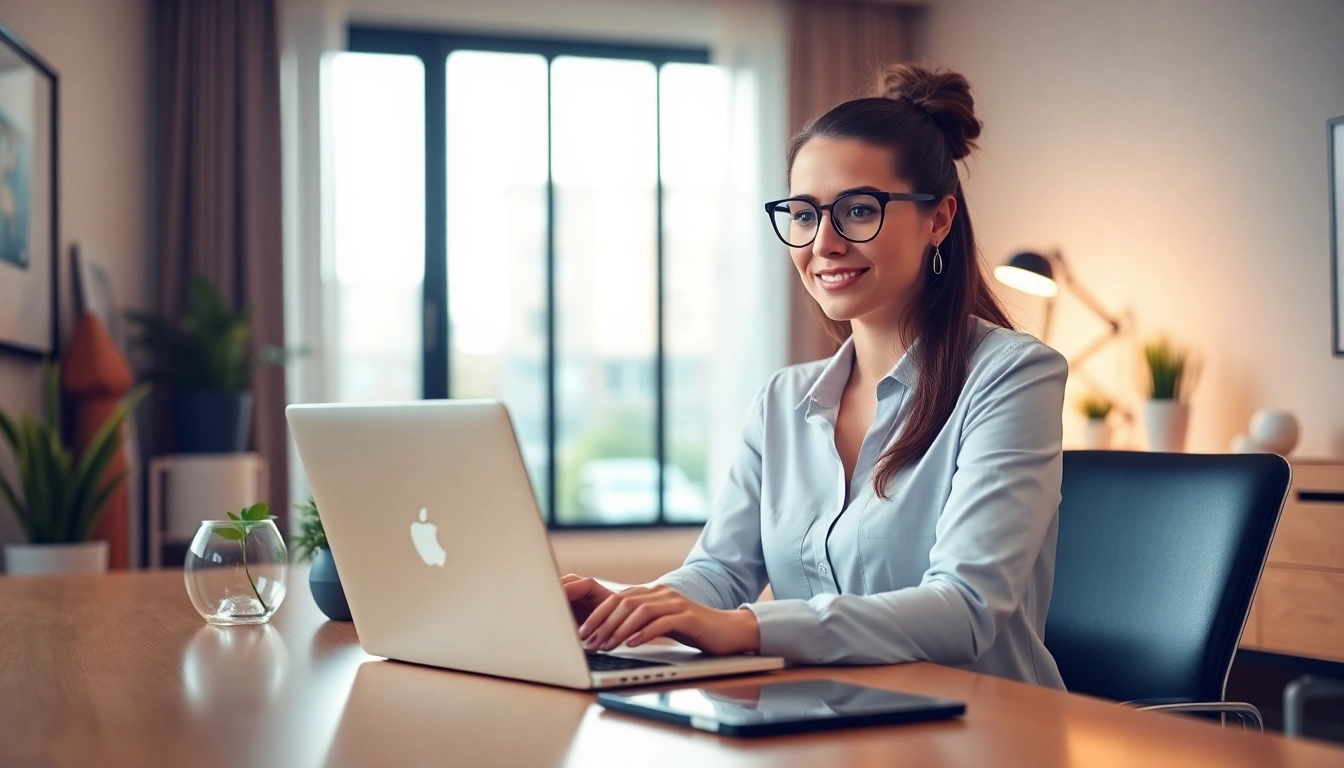Understanding Folding Partition Walls
Folding partition walls are innovative architectural solutions that provide flexibility in space utilization. These walls can effectively transform an area by dividing larger spaces into smaller, functional zones without the permanence of traditional walls. They are particularly advantageous in commercial settings like conference rooms and event spaces, where adaptability is crucial. As versatile structures, they allow for efficient space management, making them a popular choice among architects and designers. This article aims to explore various aspects of Folding Partition Walls, from their benefits and applications to installation techniques and maintenance tips.
What is a Folding Partition Wall?
A folding partition wall is a movable wall system that can be opened and closed to divide spaces as needed. Usually made from lightweight materials, such as aluminum or wood, these walls hinge or fold at designated joints to allow for compact storage when not in use. They are available in different formats, including accordion-style and bi-fold designs, catering to various space requirements and aesthetic preferences.
Benefits of Folding Partition Walls
Folding partition walls offer several significant benefits, making them an attractive choice for both residential and commercial properties:
- Space Optimization: They enable the transformation of a single open area into multiple functional spaces, maximizing utility.
- Cost-Effective: Compared to traditional construction methods, folding partitions are generally more cost-effective as they do not require extensive building permits and labor.
- Quick Installation: Professional installation can often be completed in a fraction of the time compared to building permanent walls.
- Acoustic Control: Many models come with soundproofing features, enhancing privacy in office settings and multipurpose areas.
- Customizability: These walls can be tailored to match existing interiors, offering various finishes, colors, and designs.
Common Applications in Various Settings
Folding partition walls are incredibly versatile and can be utilized in numerous environments:
- Commercial Spaces: Ideal for offices, conference rooms, classrooms, and banquet halls where space needs to be managed efficiently.
- Residential Homes: Perfect for creating temporary rooms, home offices, or nursery spaces in a living area.
- Events and Exhibitions: Used in trade shows and exhibitions to create dynamic layouts and booths based on specific requirements.
- Healthcare Facilities: Valuable in hospitals or care facilities where flexibility and privacy are essential.
Types of Folding Partition Walls
Accordion vs. Bi-Fold Partition Walls
Folding partition walls come in several designs, primarily categorized as accordion or bi-fold systems. Understanding the differences between these types helps in selecting the best option for specific needs:
- Accordion-style Walls: These feature panels that stack together like an accordion, allowing for efficient storage when retracted. They are especially useful in spaces where a wide opening is needed and are often quicker to deploy.
- Bi-Fold Walls: Consisting of two panels that fold in on themselves, these walls offer a more traditional door-like operation. They are ideal for spaces where aesthetics and smooth operation are prioritized.
Acoustic Properties and Sound Control
One of the essential aspects of folding partition walls is their acoustic properties. With the rise in remote work and shared spaces, sound control has become paramount. Many manufacturers design these walls with sound-dampening materials, enhancing privacy and reducing distractions:
- Sound Ratings: Acoustic performance is typically measured using Sound Transmission Class (STC) ratings. Models with higher STC ratings (typically above 40) provide better sound isolation.
- Material Choice: Fabrics, mineral wool, or specialized acoustic panels can be incorporated into walls to improve sound absorption.
Customizations and Finishes Available
Another appealing feature of folding partition walls is the ability to customize them to fit various design requirements:
- Colors and Textures: Walls can be finished in various colors or textures, allowing them to blend seamlessly with the existing decor.
- Glass Options: For a modern look, glass panels can be incorporated into the design, allowing for light penetration while maintaining privacy.
- Mobility Features: Some models can be mounted on tracks, facilitating movement while maintaining stability.
Installation Process of Folding Partition Walls
Necessary Tools and Preparation
Installing a folding partition wall requires careful planning and the right tools to ensure proper fitting and functionality. Here’s a quick overview of what you’ll need:
- Tools: A level, measuring tape, drill, screws, hinges, and wall brackets are essential for installation.
- Preparation: Ensure that the area where the wall will be installed is cleared of any obstacles, and check that the walls and floor are level and free of irregularities.
Steps for Professional Installation
While professional installation is recommended for complex setups, here are some general steps involved:
- Measure the installation area accurately to ensure the wall fits properly.
- Mark the locations on the wall where the brackets will be installed, ensuring they are level.
- Attach the wall brackets securely to the wall using appropriate screws and a drill.
- Hang the folding panels according to the manufacturer’s guidelines, ensuring all hinges and connections are secure.
- Test the operation of the wall to ensure it opens and closes smoothly.
DIY Installation Tips and Best Practices
For those inclined to undertake a DIY installation, a few best practices can help achieve quality results:
- Follow Instructions: Always refer to the manufacturer’s manual for specific instructions regarding your model.
- Have Assistance: Given the size and weight of the panels, it’s often helpful to have another person assist during installation.
- Double-Check Accuracies: Regularly verify your measurements and alignment throughout the installation to avoid adjustments later.
Maintaining Your Folding Partition Wall
Routine Maintenance Checklist
To ensure the longevity and optimal functionality of your folding partition walls, adhering to a maintenance routine is crucial. Here are key maintenance tasks:
- Regular Cleaning: Wipe down surfaces with a damp cloth and mild detergent to remove dust and stains.
- Check Hardware: Periodically inspect screws, hinges, and tracks to ensure they are tight and functioning properly.
- Lubricate Moving Parts: Apply a suitable lubricant to hinges and tracks to ensure smooth operation.
Troubleshooting Common Issues
Despite proper maintenance, some issues may arise. Here are common problems with potential solutions:
- Wall Sticking: If the wall sticks during operation, check the tracks and clean any obstructions.
- Loose Hinges: Tighten any loose bolts or screws that connect the panels to ensure stability.
- Misalignment: If the wall appears misaligned, adjust the screws on the brackets holding it to the wall.
When to Consult a Professional
While many issues can be resolved with DIY efforts, some situations warrant the expertise of a professional:
- Complex Installations: For complicated designs or high-end systems, hiring a professional may be necessary.
- Structural Damage: If the wall sustains significant damage, consult an expert for assessment and repair.
- Persistent Issues: Ongoing operational issues that cannot be resolved through standard troubleshooting should be addressed by a professional.
Innovative Trends in Partition Wall Design
Sustainable Materials in Folding Partition Walls
With a growing emphasis on sustainability in construction, many manufacturers are now incorporating eco-friendly materials into their folding partition designs. These materials often include recycled wood, aluminum, and even biodegradable textiles that align with environmentally conscious practices.
Smart Technology Integration
As technology continues to evolve, it is now being integrated into folding partition walls. Features such as automated opening mechanisms controlled via smartphone apps or sensors that adapt to environmental changes are becoming increasingly common in modern partition design.
The Future of Folding Partition Walls in Commercial Spaces
The demand for flexible space solutions is likely to grow, especially in commercial settings where adaptability is key. Future trends are expected to focus on even greater customization, enhanced acoustic performance, and innovative multi-functional designs that cater to various user needs. Implementing folding partition walls enables industries to effectively respond to changing requirements while maintaining aesthetic appeal.



